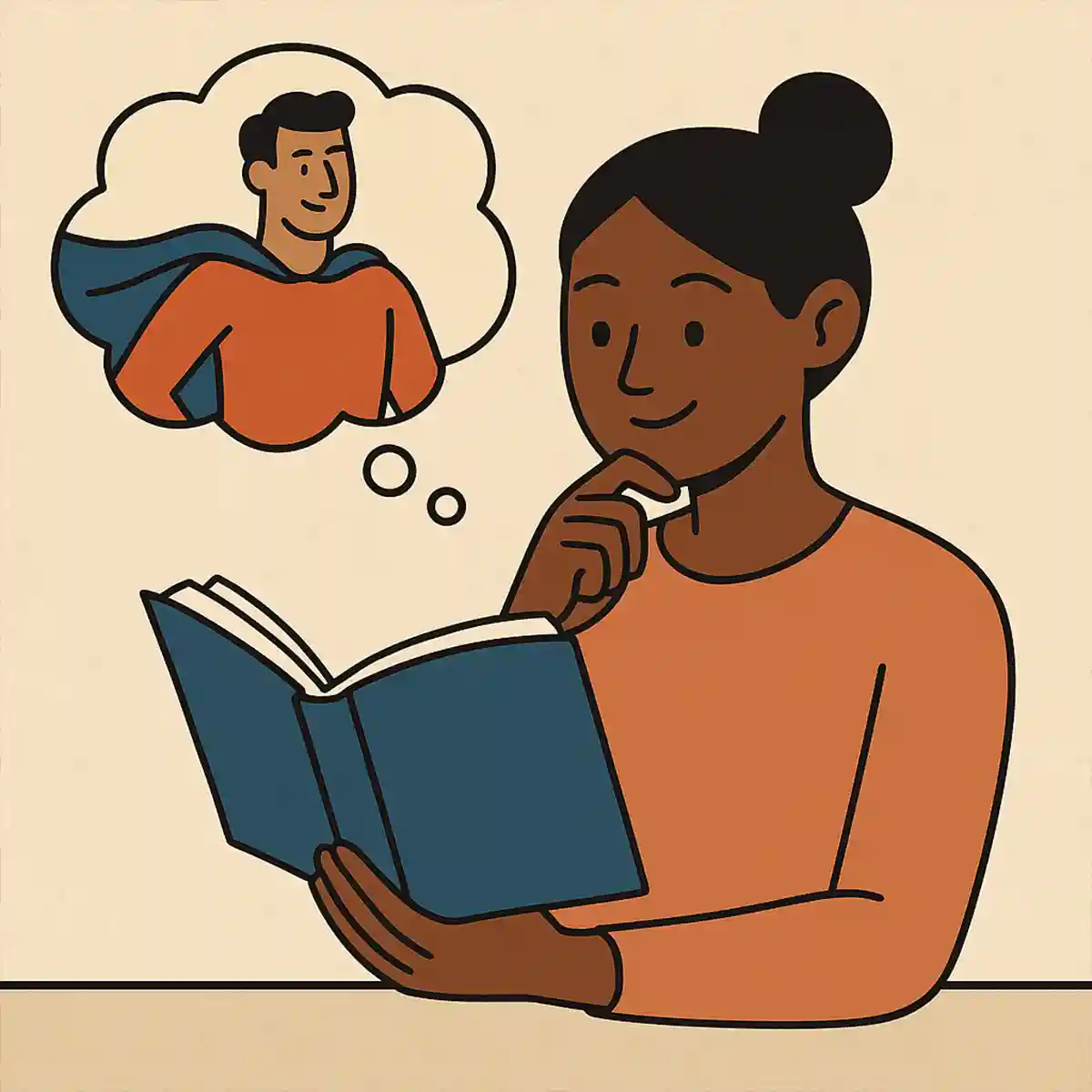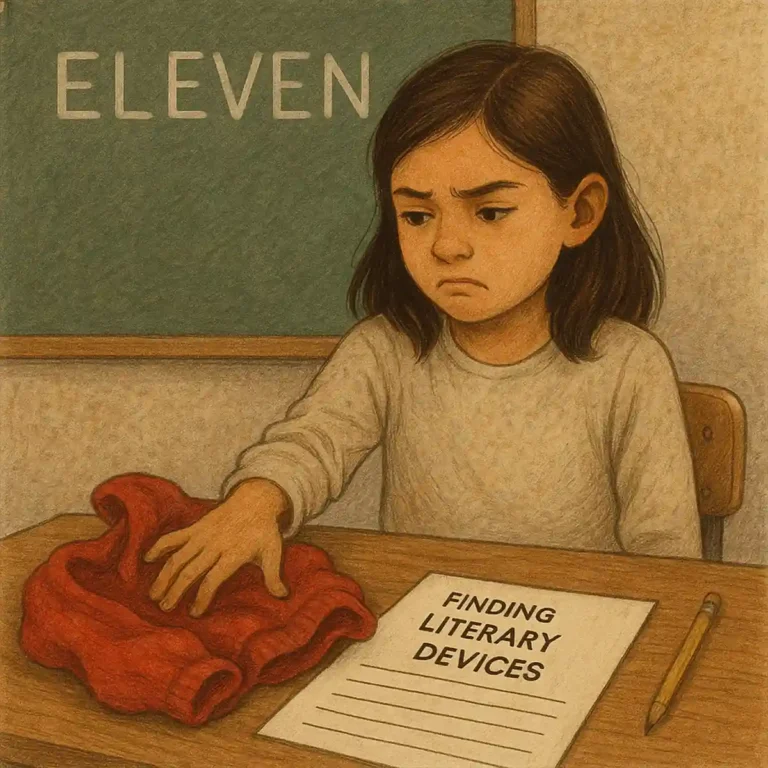Day 7: Learning About Character Lesson Plan
Day 7 is all about learning how authors create characters that feel real, flawed, and fascinating. Just like plot and setting, characters are the backbone of a story—without them, we’d have nobody to root for, argue with, or laugh at. Today, students will continue their independent reading, explore a new set of literary terms, and take notes on what makes characters come alive in fiction (and even nonfiction).
Lesson Plan: Learning About Character
1. Reading (15 minutes)
As always, begin with silent reading. Encourage students to pay special attention to how characters are developing in their novels or nonfiction selections.
2. Literary Devices (10–15 minutes)
Continue building the glossary with these five terms:
Paradox – A statement that seems contradictory but reveals a deeper truth.
Parallelism – The use of components in a sentence that are grammatically the same, or similar in sound, meaning, or meter.
Pathos – An appeal to emotion in literature or rhetoric.
Personification – Giving human qualities to non-human things.
Pun – A humorous play on words, often with double meanings.
Students should copy definitions and add an example from their book or create one of their own.
3. Learning About Character (Short Note for Students)
Here’s the note students can copy into their notebooks:
Characters are the people, animals, or beings in a story. They can be main characters (who the story focuses on) or supporting characters (who help move the story along). The protagonist is usually the central character we follow, often facing challenges or trying to achieve a goal. The antagonist is the character or force that creates obstacles for the protagonist. Good characters feel real because they have strengths, weaknesses, and motivations. Characters are developed through what they say, think, do, and how others respond to them. Learning about character helps us understand why events in the story matter and how they connect to the theme.
4. Journal Questions (10–15 minutes)
Ask students to reflect on their independent reading with these questions:
How does the main character’s personality shape the events of the story so far?
If you could give advice to one character in your book right now, what would you say, and why?







